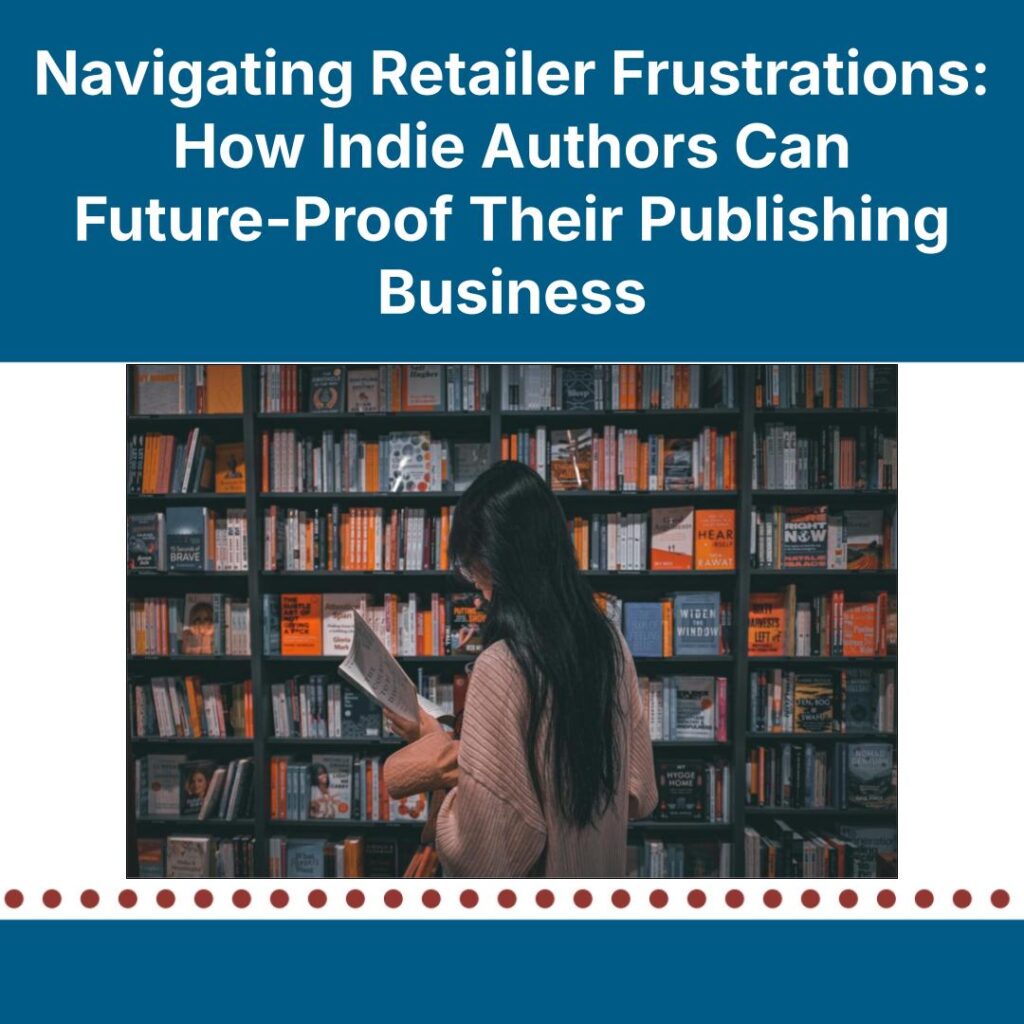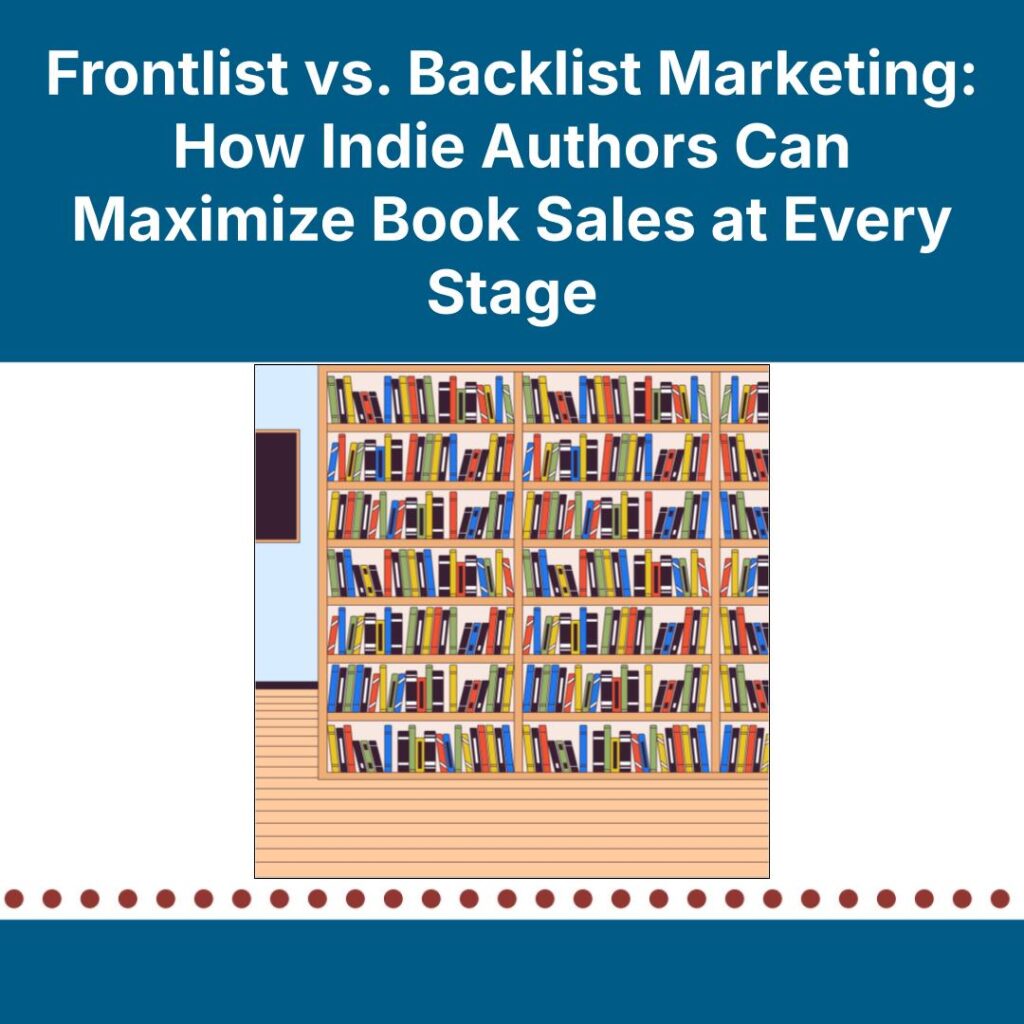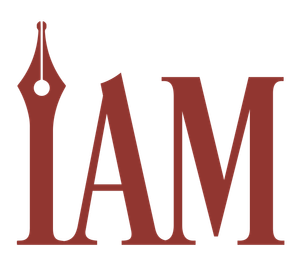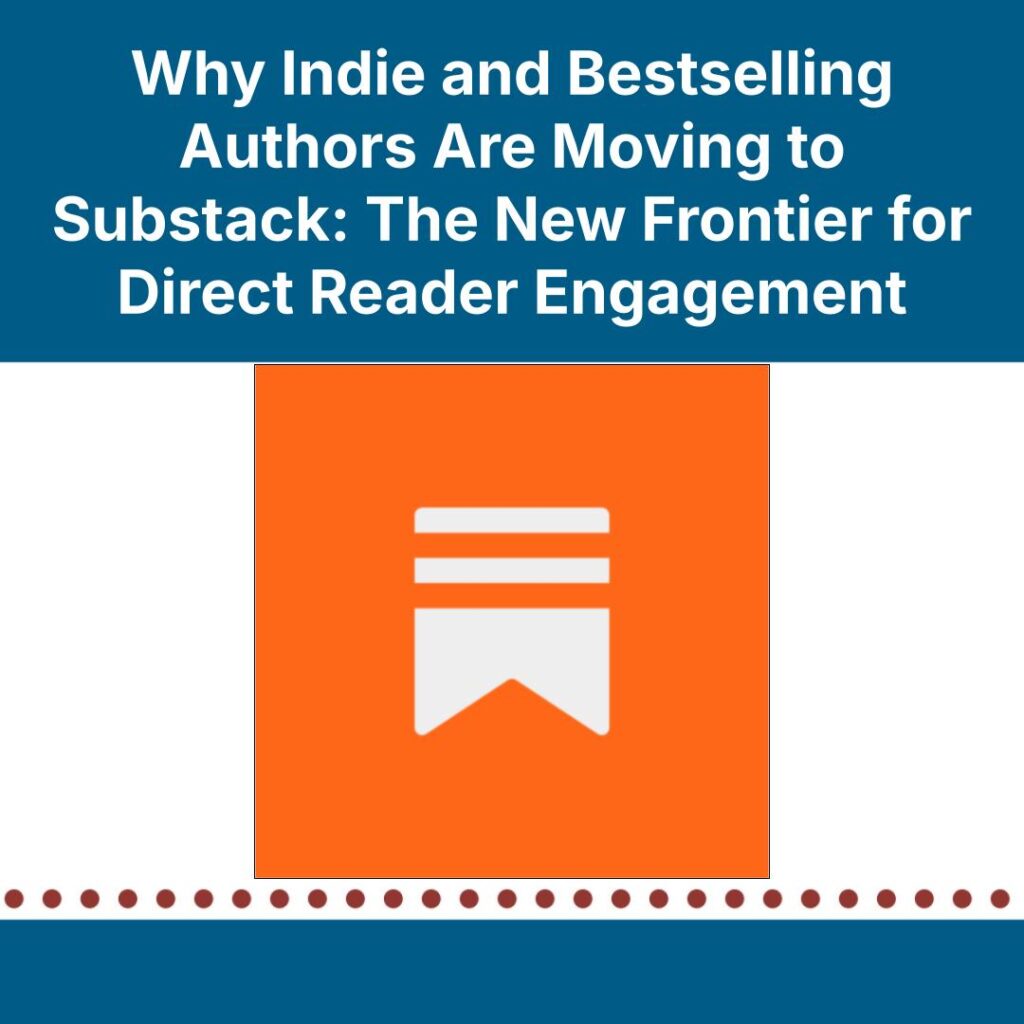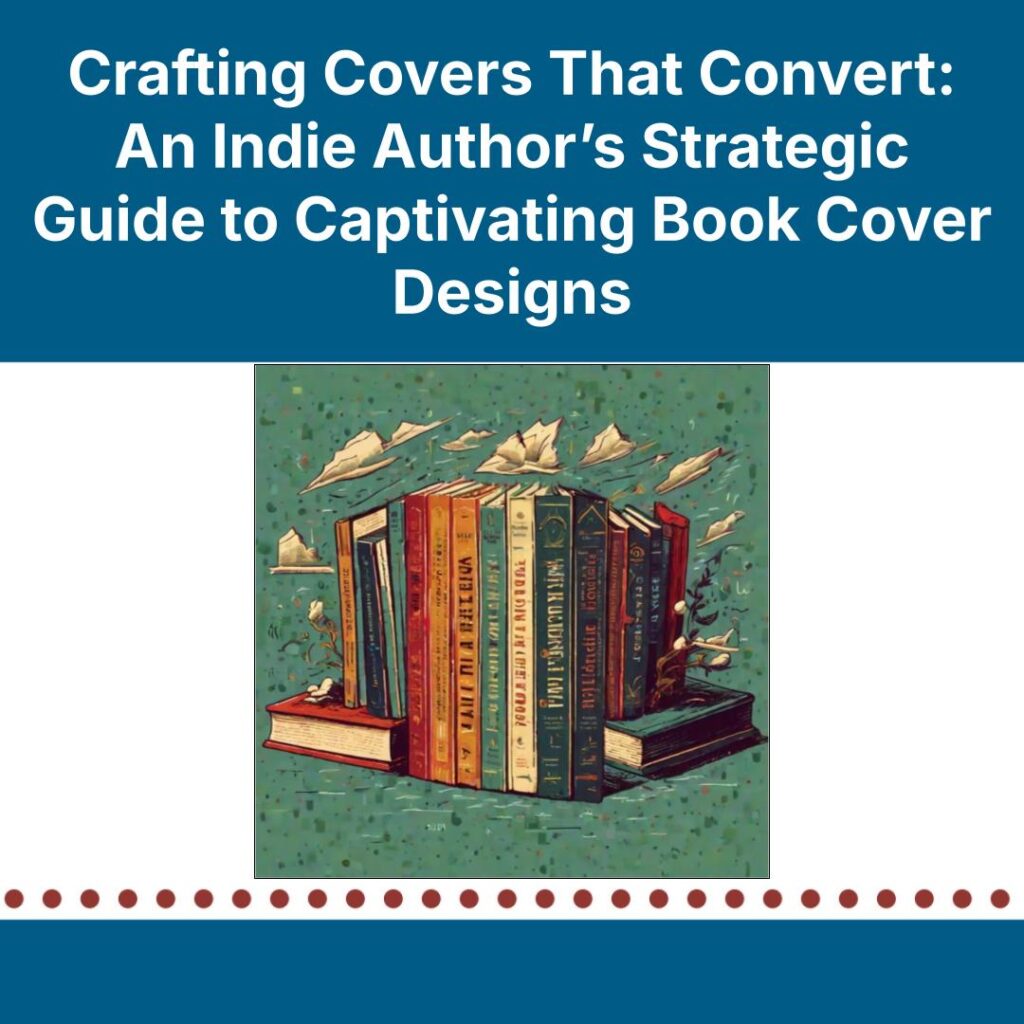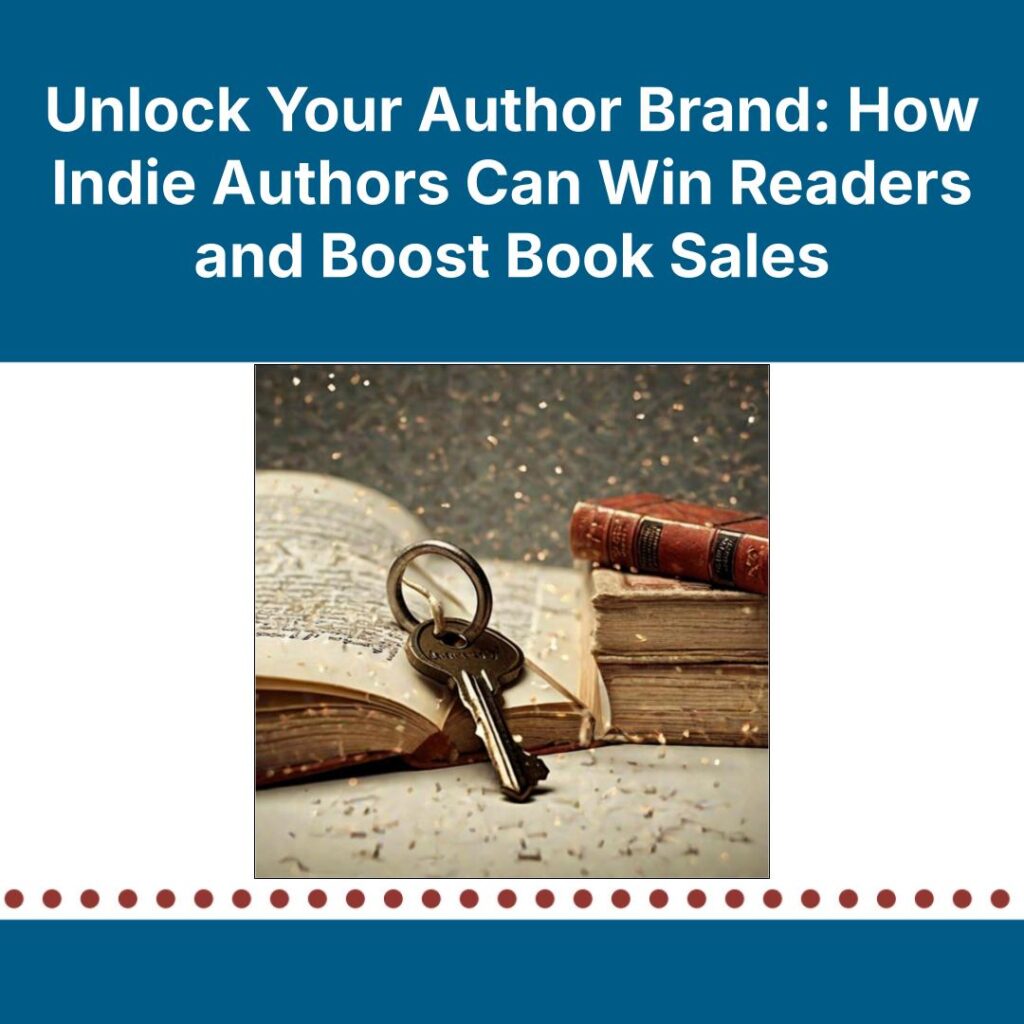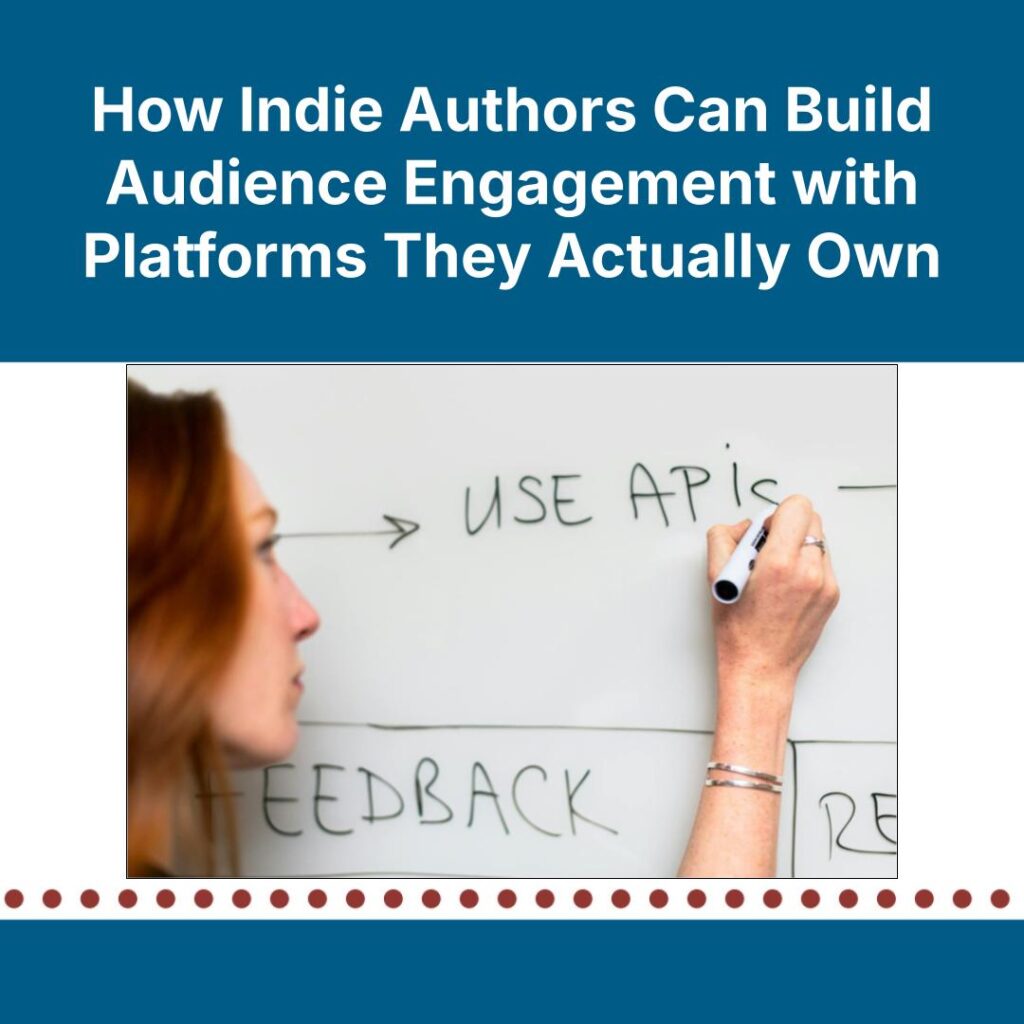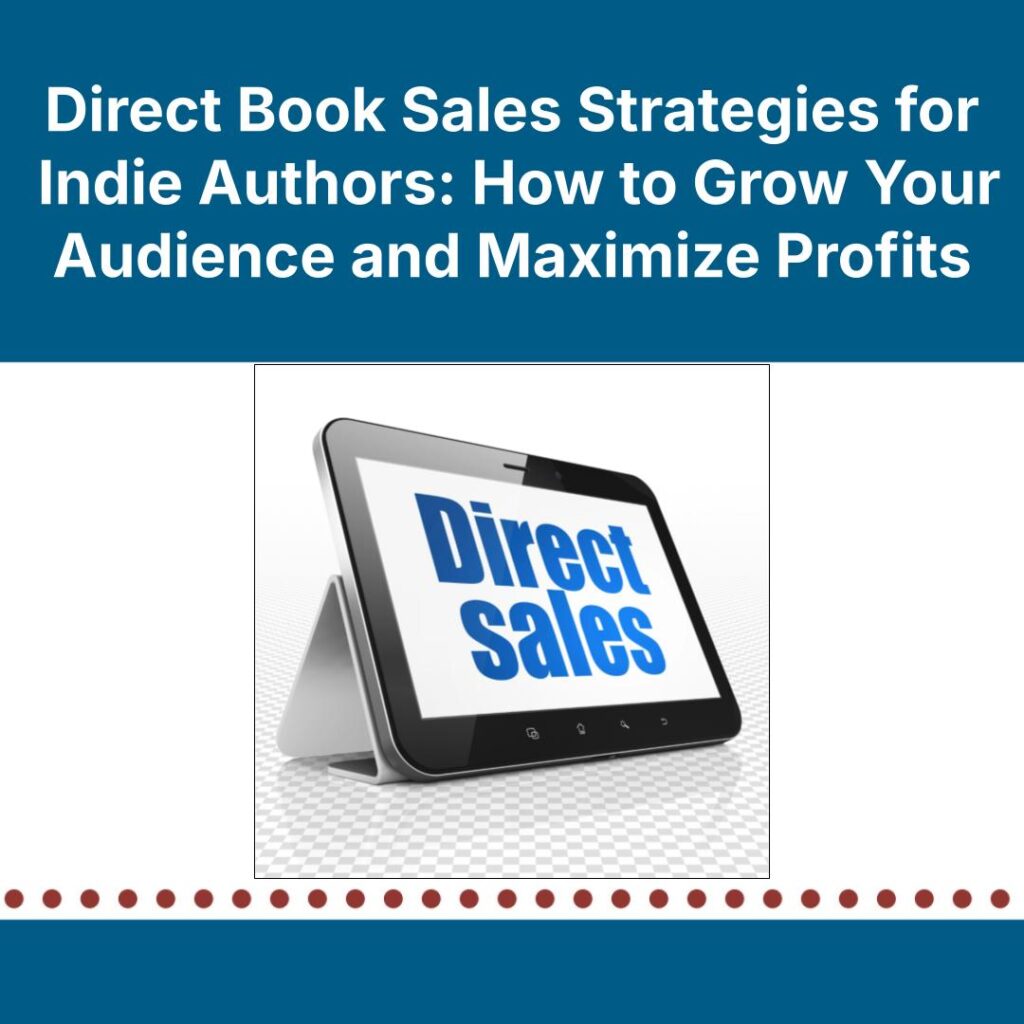Self-publishing platforms transformed the publishing industry landscape dramatically in the early 2000s. Since their emergence, independent authors have leveraged global accessibility to fortify the indie author ecosystem.
The Center for Media Engagement at The University of Texas at Austin characterized these changes as the democratization of publishing, highlighting how authors beyond traditional publishing houses now rely on platforms such as Amazon’s Kindle Direct Publishing (KDP), IngramSpark, Draft2Digital, and Kickstarter to connect with readers.
Jane Friedman, consultant and author, witnessed these shifts firsthand during her tenure as digital editor at The Virginia Quarterly Review, developing modern digital subscription approaches. Friedman emphasizes the substantial impact online retail and social media platforms had on traditional publishing: "Platforms...were very powerful in changing how people communicated and spread the word about books," she says.
Initially, algorithms enhanced books' visibility organically. However, Friedman notes, algorithms have since evolved unfavorably for authors: "These companies, by making minor tweaks, can greatly dampen visibility. They make authors advertise or take artificial measures unrelated to their books' quality to appear prominently."
Rising Frustration Everywhere
Such tension isn't unique to publishing. On February 18, The People's Union USA founder John Schwarz urged Instagram followers to boycott Amazon from March 7-14. Past boycotts of brands like Starbucks and Target set the precedent, focusing on issues such as union busting and ending diversity programs.
This call sparked controversy among indie authors. Jason Dorough, an author and TikTok creator, claimed boycotting Kindle Unlimited damaged indie authors financially. Comments strongly echoed his sentiment.
First-time indie publishers frequently choose KDP, attracted by the platform's simple, cost-effective pitch and the Kindle Select program, which promises higher earnings in exchange for Amazon exclusivity.
"That’s a specific game authors can choose to play," Friedman explains. "But putting your focus on something beyond your control is a recipe for frustration." Nevertheless, many creators, including Petra Palerno and Lauren Sefchik, promoted exploring smaller, independent platforms as alternatives amidst boycott discussions.
Friedman warns that over-relying on larger platforms increases burnout. She advises indie authors to shift toward stronger, direct reader connections: "It’s about developing relationships with readers that do not hinge on algorithms."
A Reader-First Mindset
Romance author Ines Johnson, who self-publishes full-time since 2018, agrees authors face challenges but argues against dependence on big tech.
"Platforms like TikTok made it easier for us to find each other, but if they vanish, our community remains," Johnson says, referencing the brief April 2024 U.S. TikTok ban scare, where creators redirected followers to alternative channels. "Facebook, TikTok, Instagram—they weren’t always around. Our community simply shifts gears."
Johnson asserts authors, as entrepreneurs, safeguard their reach by maintaining presence across multiple retail platforms. Boycotts, in her view, minimally impact indie authors who proactively diversify their sales and reader engagement channels.
"Platforms can play unfair games or disappear entirely," Johnson says. "I consistently think, 'How can I spread my wealth out and build on my land?' My priority is reaching readers directly."
Johnson ensures accessibility by providing exclusive incentives: newsletter sign-ups unlock free ebooks; direct store purchases include attractive bonuses. "If stepping on Jeff Bezos’s head gets my book to readers, I’ll do it," Johnson remarks. "Serving readers matters most."
Tried-and-True Methods for Sustainability
For indie author longevity, Joanna Penn, author and podcast host, stresses the critical role of building an engaged email list. Penn notes that although platforms aid discoverability, indie authors have long employed direct-to-reader methods to secure stability without sole dependence on retailers.
"Direct-to-reader options like Shopify, Payhip, Patreon, and live events have provided reliable revenue and meaningful connections for years," Penn explains. These avenues help authors navigate fluctuating algorithms, platform instability, or rising retailer tensions.
Friedman agrees, emphasizing growing shifts towards direct reader outreach as evidenced by platforms like Kickstarter. Johnson incorporates newsletters, personal reader groups, and various social media outlets to solidify authentic reader relationships independent of retailer algorithms.
Penn summarizes the enduring strength of direct connections: "By cultivating a reader base who genuinely cares...you can weather shifts, tariff hikes, or even platform bans—and continue reaching dedicated readers who love your books."
Samantha Margot
Curious by trade, Samantha Margot is a passionate people-person experienced in newsroom journalism and scientific exploration. When not crafting stories, Samantha enjoys nurturing plants and cycling around town.

